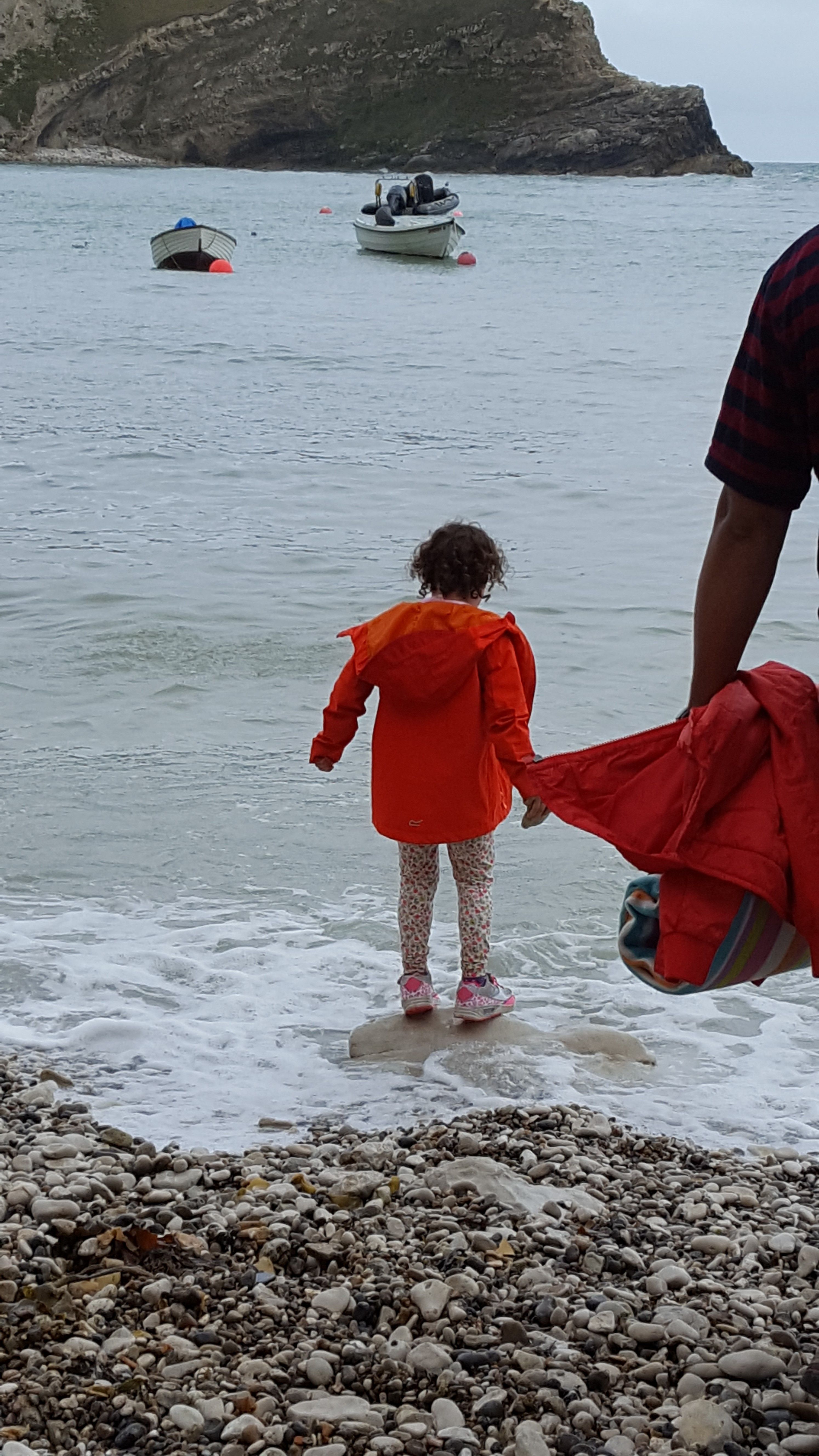A short article on storytelling

We are far less modern than the average fashionista would like to think. Just like my notions of the fashionista we are driven by the more basic bits of our Neolithic brains, the neurotransmitters that allow us to build stereotypes to simplify our representations of world, to peel back the cacophony of extraneous noise and focus on what’s important. If we didn’t use mental shortcuts billions of bits of information would overwhelm us every minute of the day. We stack these representations of the world up and push the events of our lives next to them and one way or another the relationships between these things become our memories; one way or another we live our minds as a series of closely connected ideas, emotions, facts and images or as we might call them, interconnected stories or narratives.
This woven narrative new or old to the brain allows us to experience life as something that makes sense, something that is continuous. New memories or ideas that bear relationships to our internal narratives are more easily remembered as they chime with our stereotypes or schema in the internal world we have created, they snuggle next to the information we already hold. That which is unfamiliar or unrelated is more difficult to weave into our story, more difficult to learn.
So, stories, because we are stories, that record of our lives and experiences, the acceptance of that which is related to us as stories, is vital, is meaningful and understood. It is no wonder then that sales and marketing try to provide us with meaningful narrative around products and services, not a surprise that the stories spread across social media chime with us. The cultures we embrace are made of good and bad examples of stories, heroes and villains, successes and failures. Stories transmit our values and culture, our expectations of how to behave and what behaviour to expect. We learn everything through stories. Three months after experiencing training and development activity participants retain 55% more material, ideas and meaning if they are told, shown and in some way caused to experience ideas (65% recall); when simply told information, recall is only around 10%. When we experience ideas they sit better in our internal narratives.
Researchers argue that not only cultures, but communities of practice, network linkages work more effectively through the sharing or ‘interweaving of story-lines.’ Storytelling is an important way of codifying knowledge and retaining its richness while still retaining flexibility for knowledge development.
The importance of narratives and storytelling as ways and means of transmitting and developing knowledge in social groups is the life blood of making sense of the world and transmitting that sense, its morals, rituals and norms. Often a person needs to re-tell the story of an experience before realizing its true meaning and value, listeners and learners benefit equally. This reflective quality of story is the way stories themselves not only transmit ideas but also develop and adapt them. The process of storytelling is then not only didactic and empowering but also creative and sustaining. It binds the teller and the listener together sometimes the connections last a lifetime and sometimes the message are deep and meaningful, tacit, for example, in this purportedly Native American story: ‘One evening, an old Cherokee tells his grandson that inside all people, a battle goes on between two wolves. One wolf is negativity: anger, sadness, stress, contempt, disgust, fear, embarrassment, guilt, shame, and hate. The other is positivity: joy, gratitude, serenity, interest, hope, pride, amusement, inspiration, awe, and above all, love. The grandson thinks about this for a minute, then asks his grandfather, “Well, which wolf wins?” The grandfather replies, “The one you feed.”
It’s because stories are engaging and focused on established knowledge and ‘ways’ that they can be a source of solutions that transmit how, for example, tame organisational problems were dealt with in the past, but importantly, because stories are inherently creative, they can also be used to search for and imagine the solutions to the more wicked or novel and rare problems, those that reside in uncertainty, ambiguity and complexity. Stories and our relationship to them are the only things that make our worlds whole but yet can change them by simply sharing a word or perhaps a world with others.